You’re staring at 28 fidgety students, 12 minutes left in class, and your carefully planned lesson just wrapped up early. Again.
Your sub plans folder is empty. Your “emergency activities” are outdated worksheets that scream “busy work.” And that kid in the corner is already eyeing the pencil sharpener like it’s his ticket to chaos.
Let’s fix that.
History coloring pages aren’t just pretty pictures with crayons. They’re your classroom management secret weapon, your differentiation lifesaver, and your sanity-saving backup plan all rolled into one.
Below are the 8 game-changing ways teachers are using history coloring pages to:
- Fill those awkward time gaps (without the guilt)
- Create instant calm in chaotic moments
- Actually teach history while students think they’re just coloring
- Differentiate without extra prep work
- Build classroom community through shared creative time
And please, don’t reinvent the wheel here.
I’ve spent a lot of time over the past couple of years putting together coloring pages that actually work in a history class — 145 pages covering Colonial America through the 21st Century.
I even featured them in my list of The 5 Best Learning Resources for Summer because they’re so versatile for learning in any downtime or transition period.
Every page teaches real historical concepts while giving you the flexibility you desperately need.
TL;DR: History coloring pages aren’t just busy work. They calm chaos, save prep time, and still teach real content. With 145 U.S. history pages from Colonial America to today, you’ll always have a ready-to-go activity that keeps students engaged.
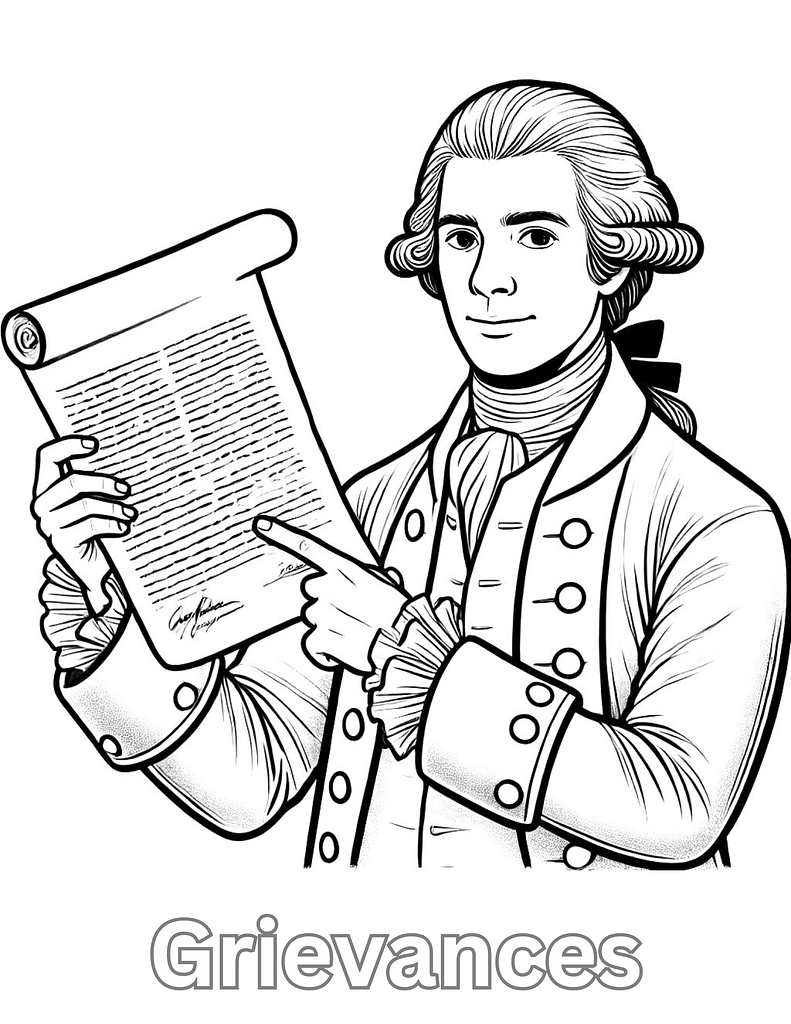
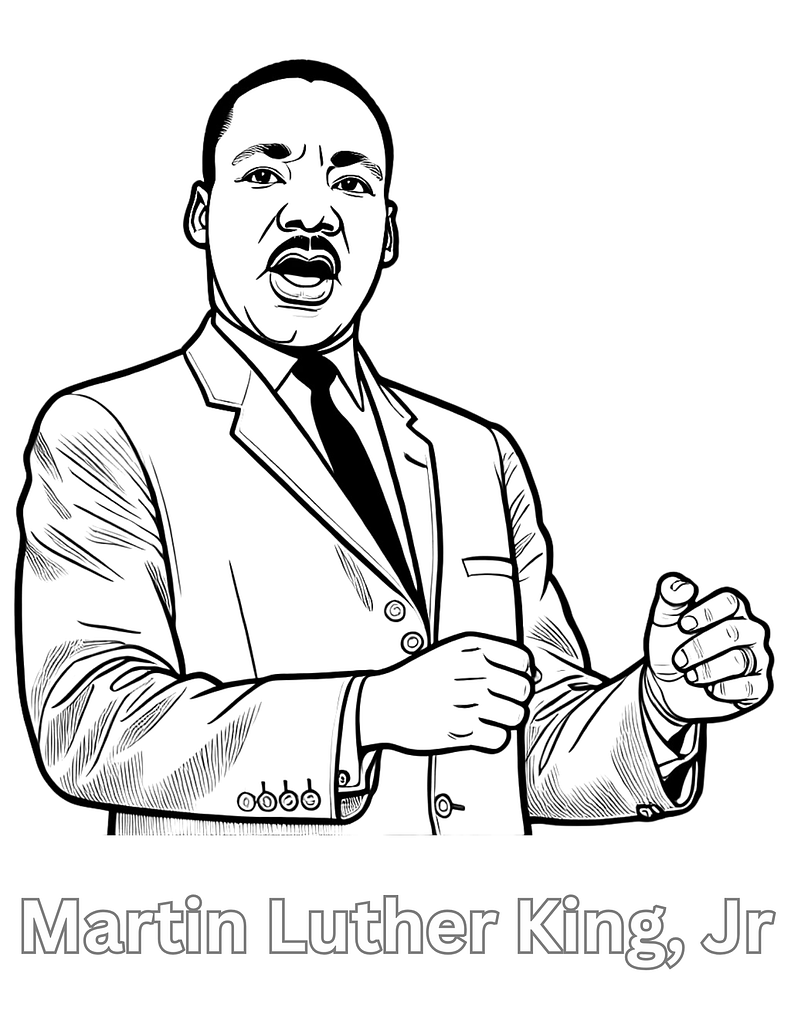
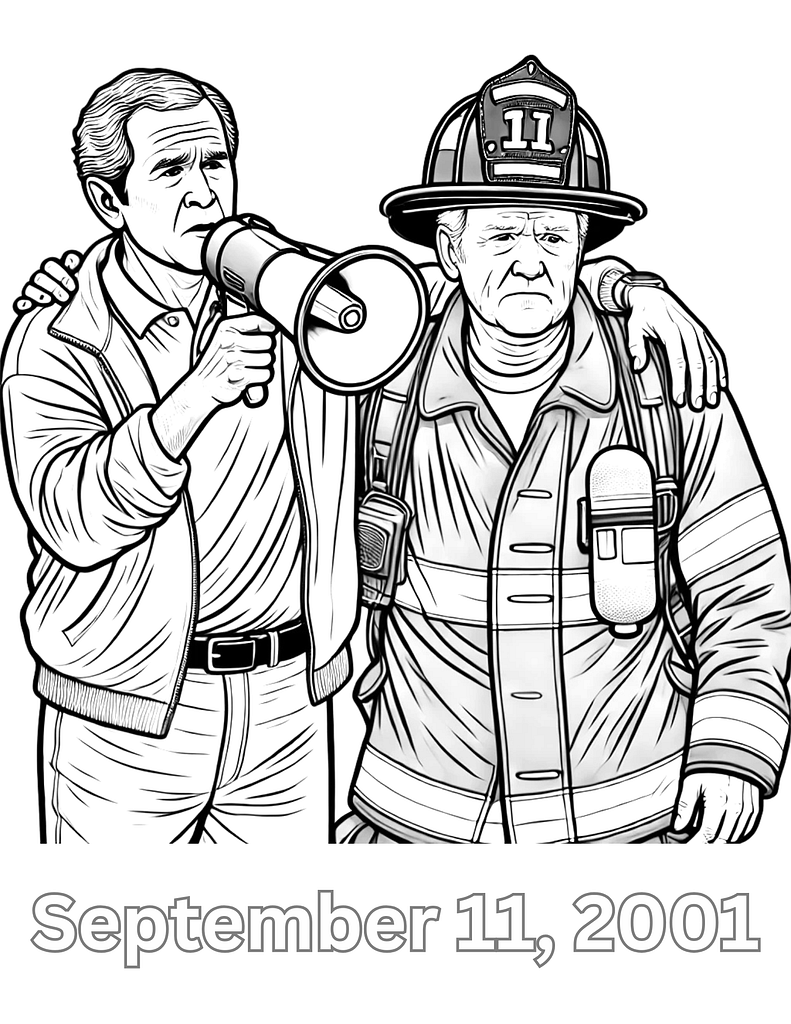
How Coloring Pages Keep You Sane (and Students Learning)
1. Emergency Sub Plans
Real talk: Generic sub plans are terrible. Your substitute gets a stack of random worksheets, students smell weakness, and you return to chaos.
History coloring pages change that game. They stay busy and calm!
Why they work:
- Zero prep required — just print and go
- Students can work independently (substitute survival mode)
- Educational value that won’t make you cringe
- Built-in calm activity that actually keeps kids focused
“Its great to just have on hand when you need something to fill some time”
— Kip B., Middle School Teacher
2. Instant Calm When Everything Goes Sideways
Some days your students walk in already wound up. Other days, you’re covering heavy topics like slavery or war and emotions run high.
Enter: the magic of coloring.
What happens:
- Fidgety hands get occupied
- Anxiety levels drop (yours and theirs)
- Difficult conversations become more manageable
- That kid who’s always disrupting class suddenly focuses
Research backs this up too — the Mayo Clinic notes that coloring is good for your health. It calms the brain, lowers stress, and even improves sleep.
Pro tip: Keep a stack of these near your “calming corner” and watch behavior referrals drop.
3. Differentiation Without the Extra Work
We all know we should differentiate. We also know planning 5 different activities for one lesson is impossible.
History coloring pages are differentiation made simple.
How it works:
- Visual learners engage with historical imagery
- Students with processing issues get extra time
- Advanced students can add detailed explanations
- Everyone stays on the same historical topic
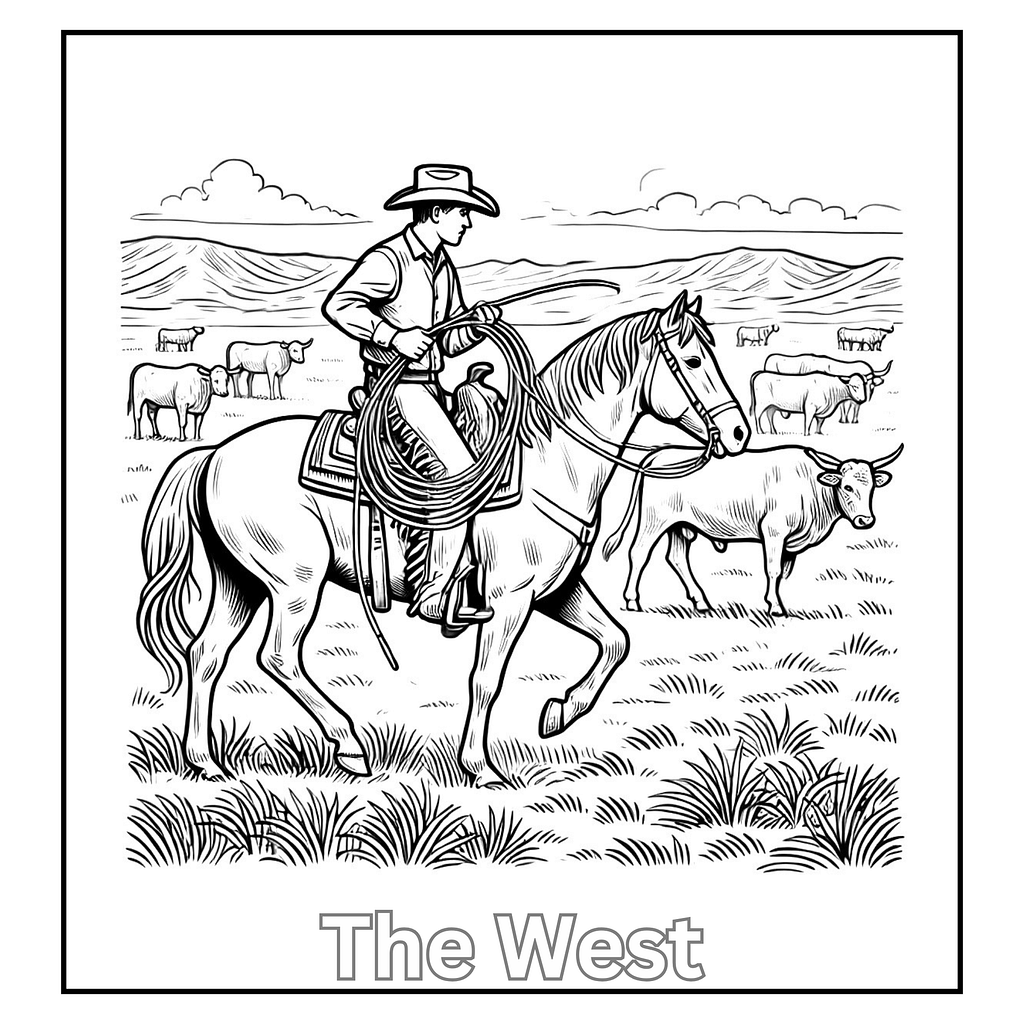
4. Hook Students from Day One
Forget boring PowerPoint introductions. Start your Civil War unit with an Emancipation Proclamation coloring page.
What you’ll see:
- Immediate engagement (even from your “too cool for school” kids)
- Natural curiosity about the historical content
- Questions that lead to deeper discussions
- Students actually wanting to know more
As Nicholas Provenzano notes, creative activities reduce stress, promote inclusion, and spark engagement—even for students who normally tune out.
5. Create Review Sessions
Flashcards are boring. Worksheets feel like punishment. Coloring while reviewing? That’s different.
The magic formula:
- Students color while you discuss key terms
- Visual memory kicks in during tests
- Stress levels stay low during review
- Even your most anxious students participate
6. Classroom Displays
“Makes an excellent visual word wall” — Jose V., Elementary Teacher
Forget store-bought bulletin boards. Student-created coloring pages are:
- Personal and meaningful
- Constant visual reinforcement of concepts
- Source of student pride
- Conversation starters for parent conferences
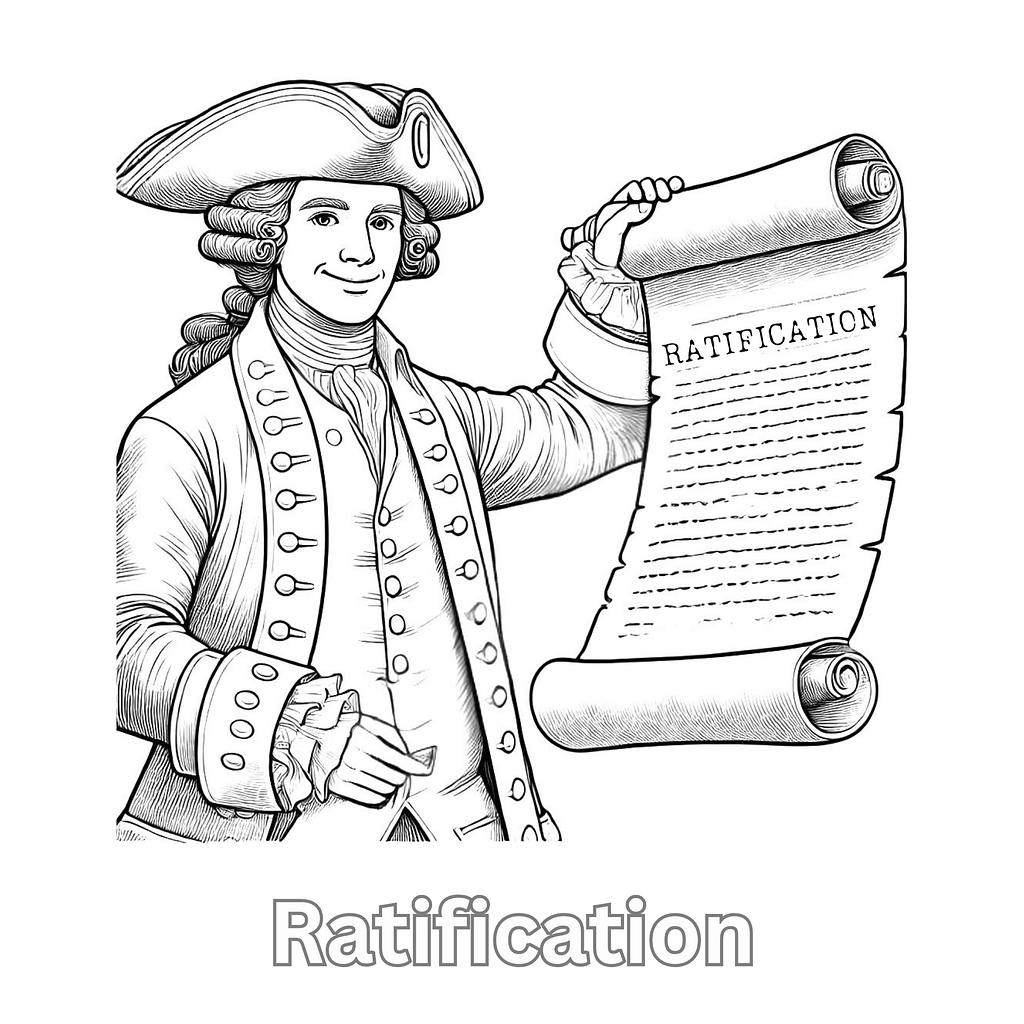
7. Cultural Discussions That Matter
History isn’t just dates and battles. It’s people and perspectives.
Use coloring pages featuring diverse historical figures to:
- Highlight underrepresented voices in history
- Start conversations about different perspectives
- Build empathy through artistic engagement
- Make history feel relevant to all students
As the Smithsonian reminds us, social studies instruction must include diverse and inclusive perspectives—not only for accuracy but so every student sees themselves in the story.
8. Assessment That Doesn’t Feel Like Assessment
Traditional tests stress everyone out. Try this instead:
After students finish coloring, have them:
- Define the historical term or figure featured
- Explain how the image represents the concept
- Connect it to something they already know
Result: You get insight into their understanding. They get a low-pressure way to show what they know.
Not All History Coloring Pages Are Created Equal
Here’s the thing: slapping a historical picture on a page and calling it educational doesn’t work.
I’ve seen too many “history coloring sheets” that are just random drawings of people in old-timey clothes. Zero educational value. Zero connection to actual historical concepts.
What makes history coloring pages actually worth your time:
Historically Accurate Content Your students deserve better than generic “colonial person” drawings. Look for pages that represent real historical events, accurate clothing, authentic settings.
Clear Learning Objectives
Each page should teach something specific. Not just “this is the Civil War” but “this illustrates the Emancipation Proclamation and its impact on enslaved people.”
Age-Appropriate Complexity Elementary students need simpler designs they can actually finish. High schoolers need detail that keeps them engaged (yes, teenagers will color if it’s interesting enough).
Curriculum Alignment Random historical topics won’t help you. You need coloring pages that match what you’re already teaching — Colonial America, Constitution, Westward Expansion, Civil War.
Professional Design Quality Blurry images and wonky proportions frustrate students and waste class time. Clean lines and engaging compositions make the difference between chaos and calm.
The bottom line? Generic coloring pages will disappoint. Educational coloring pages that align with your curriculum will change your classroom management game.
Check out this short demo of a student using a US history coloring page for quiet, focused review.
What 145 US History Coloring Pages Looks Like in Practice
Let me show you what comprehensive history coloring pages actually look like.
My US History coloring pages span the entire curriculum — 145 pages total, organized by historical units so you can grab exactly what you need when you need it.
Colonial Period to Reconstruction Bundle (72 pages)
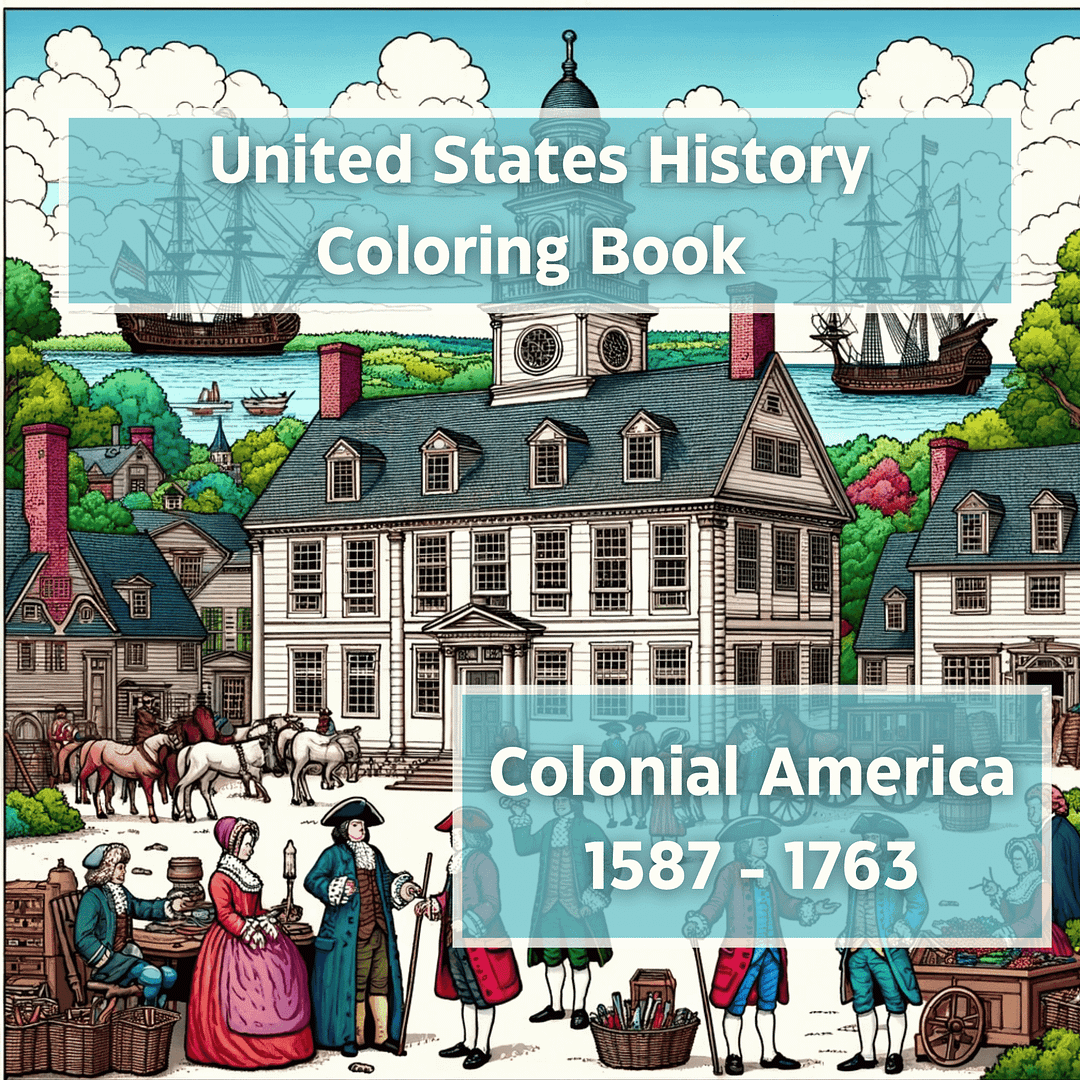
Colonial America (1587-1763)
- Colonization concepts that make sense to students
- Mercantilism illustrations that explain the economic system
- Representative Government pages that show democracy in action
American Independence (1763-1783)
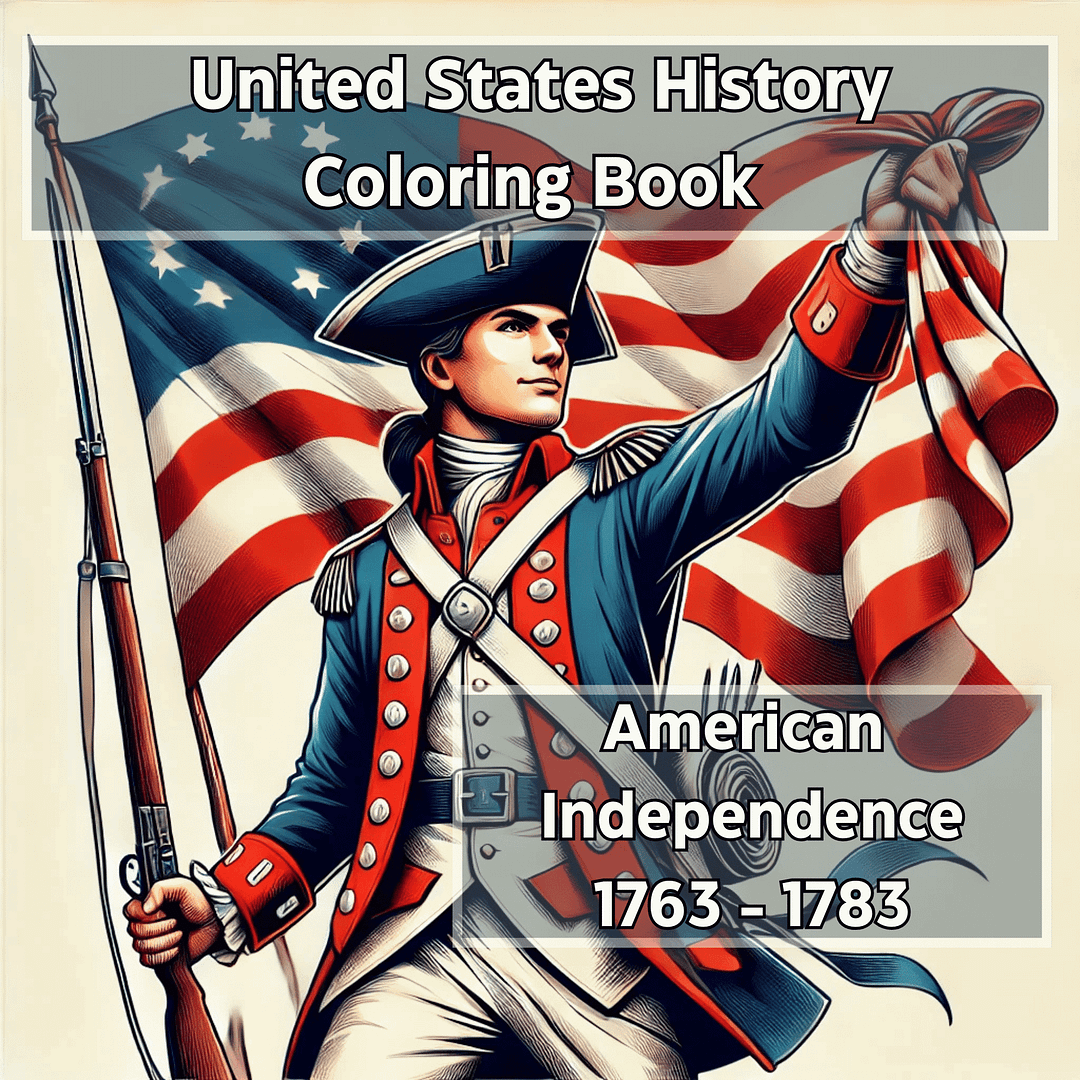
- Taxation without Representation
- Patriots vs Loyalists that shows the human drama
- Unalienable Rights concepts kids can understand
Writing the Constitution (1783-1791)
- Federalism made visual
- Checks and Balances that actually make sense
- Bill of Rights pages that connect to modern life
Early Republic through Reconstruction
- Jackson’s Common Man democracy
- Manifest Destiny and Westward Expansion
- Industrial Revolution changes
- Civil War complexities
- Reconstruction challenges and amendments
1877 to Present Bundle (73 Pages)
Complete modern era coverage to round out your entire US History curriculum.
Real teacher results: “Awesome! Its great to just have on hand when you need something to fill some time and makes an excellent visual word wall.” — Jose V.
Why this collection works:
- Every page teaches specific historical vocabulary
- Organized by chronological units (grab what you need, when you need it)
- Professional illustrations that don’t insult anyone’s intelligence
- Suitable for elementary through high school (I use them with my own high schoolers)
This isn’t just busy work. It’s strategic curriculum support that saves you prep time while actually teaching history.
But Wait, Don’t High Schoolers Think Coloring Is For Little Kids?
I used to think the same thing.
Then I tried it with my own students.
What actually happened: The kid who never participated suddenly spent 20 minutes perfecting the details on a Westward Expansion coloring page. My most “mature” senior asked if she could take home the Civil War sheet to finish.
Here’s why it works across all ages:
The Science Part: Coloring activates different parts of the brain than note-taking. It reduces stress hormones (cortisol) while increasing focus chemicals (dopamine). Your fidgety students finally have something to do with their hands while learning.
The Practical Part:
- Elementary students love the novelty
- Middle schoolers appreciate the no-pressure environment
- High schoolers secretly enjoy the break from intense academics
- Adults buy millions of coloring books for stress relief (there’s a reason for that)
The complexity makes the difference.
Simple cartoon drawings? That’s elementary. Historical scenes with detailed backgrounds, authentic period clothing, and complex concepts? That’s engaging for any age.
Multi-sensory learning benefits:
- Visual learners connect with historical imagery
- Kinesthetic learners engage through hand movement
- Auditory learners can discuss while coloring
- All learners benefit from the stress reduction
The bottom line: When you frame coloring as historical analysis through art, even your most skeptical students buy in.
Getting Started: Pick Your Grade Level Strategy
Elementary (K-5): Keep It Simple and Social
- Focus on basic vocabulary and concepts
- Pair with historical read-alouds
- Encourage sharing and discussion
- Use as reward time or center activity
Middle School (6-8): Add Analysis
- Connect coloring to deeper historical thinking
- Have students compare different time periods
- Use as springboard for research projects
- Perfect for those awkward transition times
High School (9-12): Make It Academic
- Combine with primary source analysis
- Connect to essay writing and AP prep
- Use for review before major assessments
- Great brain break during intense units
Homeschool Families: Embrace the Flexibility
- Work at your own pace
- Let multiple kids work on different time periods
- Use as quiet time while helping other children
- Perfect for unit studies and cross-curricular connections
The key for every level: Start small. Pick one unit you’re teaching next week. Try one coloring page. Watch what happens.
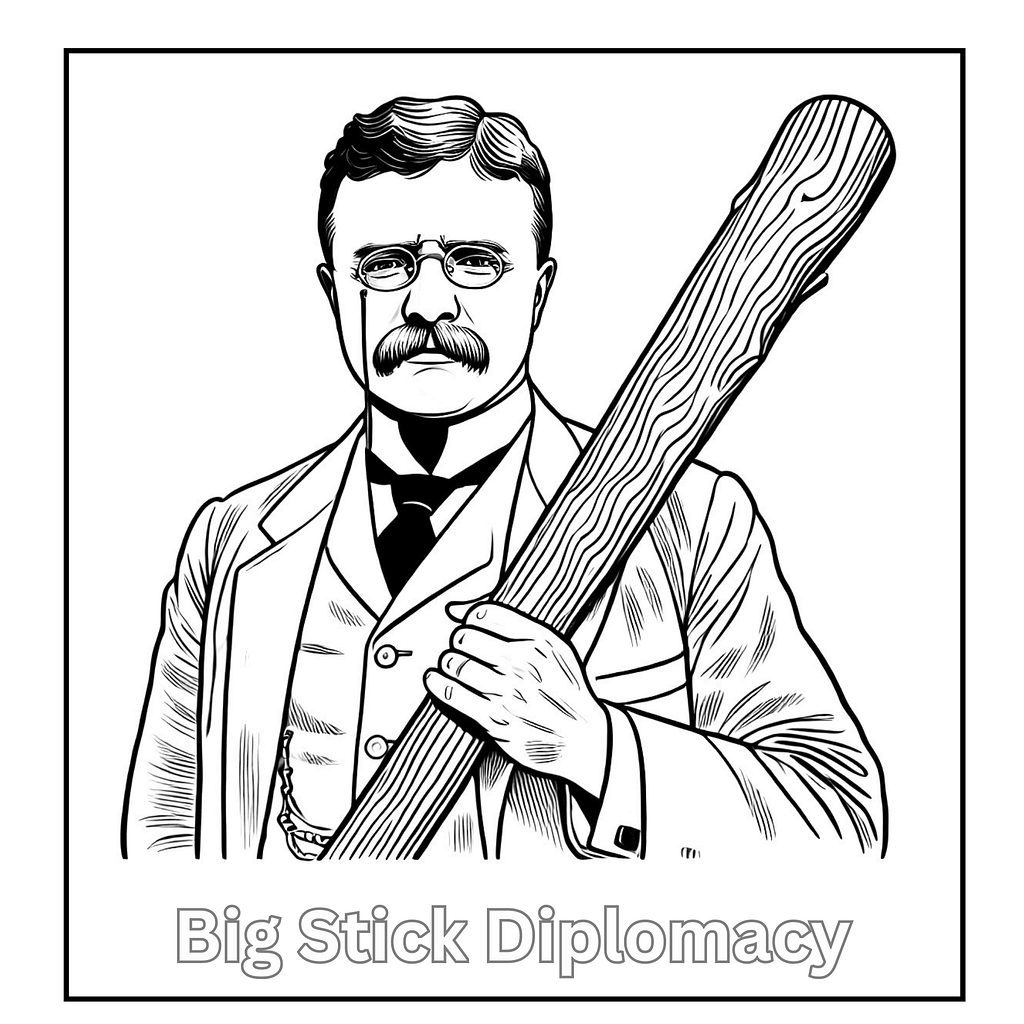


Beyond Classroom Management: The Unexpected Benefits
For You (Because Teacher Wellness Matters):
- Reduces your planning stress — grab and go resources
- Decreases behavior issues during transition times
- Gives you breathing room during chaotic days
- Provides backup plans that actually work
For Your Students:
- Builds confidence through artistic expression
- Creates positive associations with history content
- Develops fine motor skills (yes, even in high school)
- Offers emotional regulation during difficult topics
For Your Classroom Community:
- Shared creative experiences build bonds
- Student artwork becomes meaningful displays
- Parents see engagement through take-home projects
- Creates calm, focused classroom atmosphere
For Your Professional Growth:
- Differentiates instruction without extra work
- Supports various learning styles simultaneously
- Provides assessment alternatives for struggling students
- Demonstrates innovative teaching strategies
Transform Your History Classroom Starting Tomorrow
Please, don’t build this from scratch. I’ve already done the research, created the content, and tested it with real students.
Check out the entire library of coloring pages here.
Or grab the entire collection and save big…
Happy coloring!

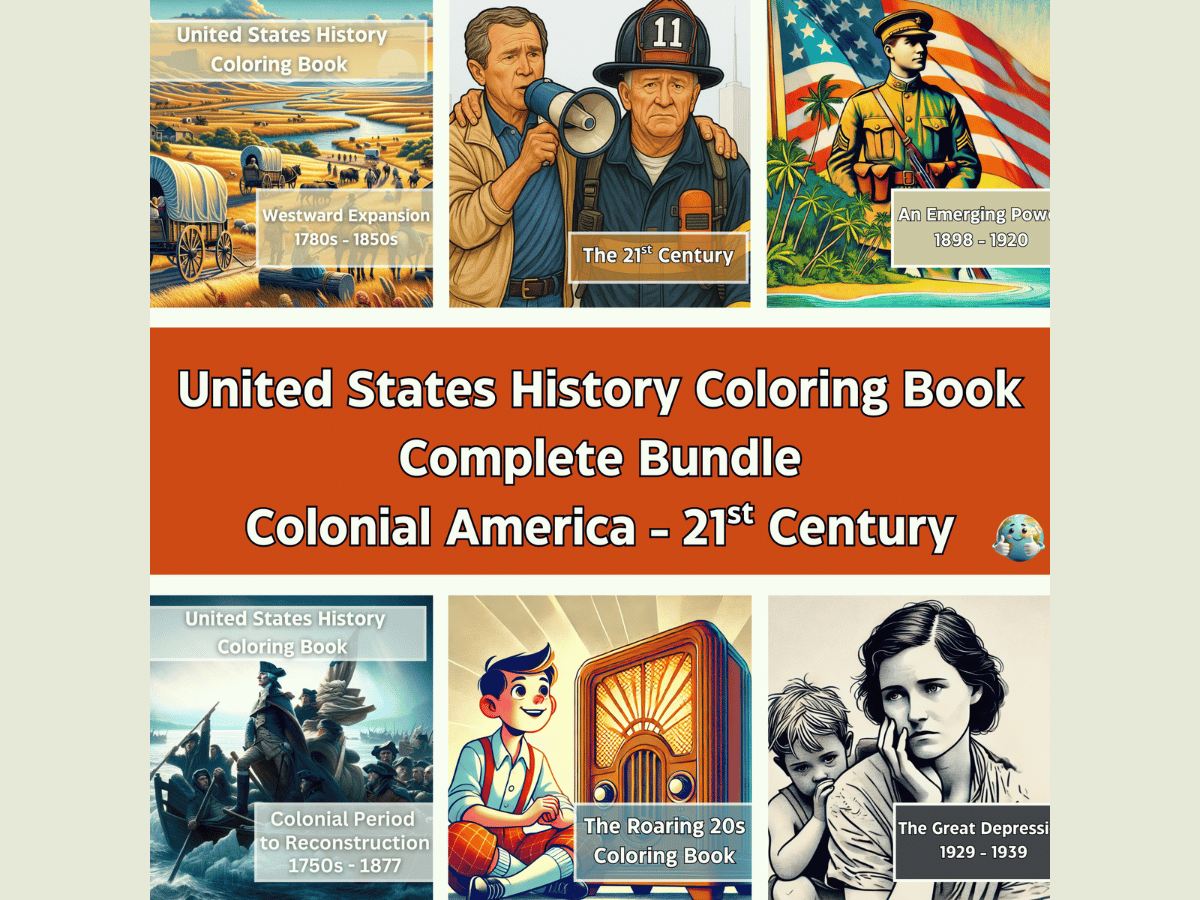
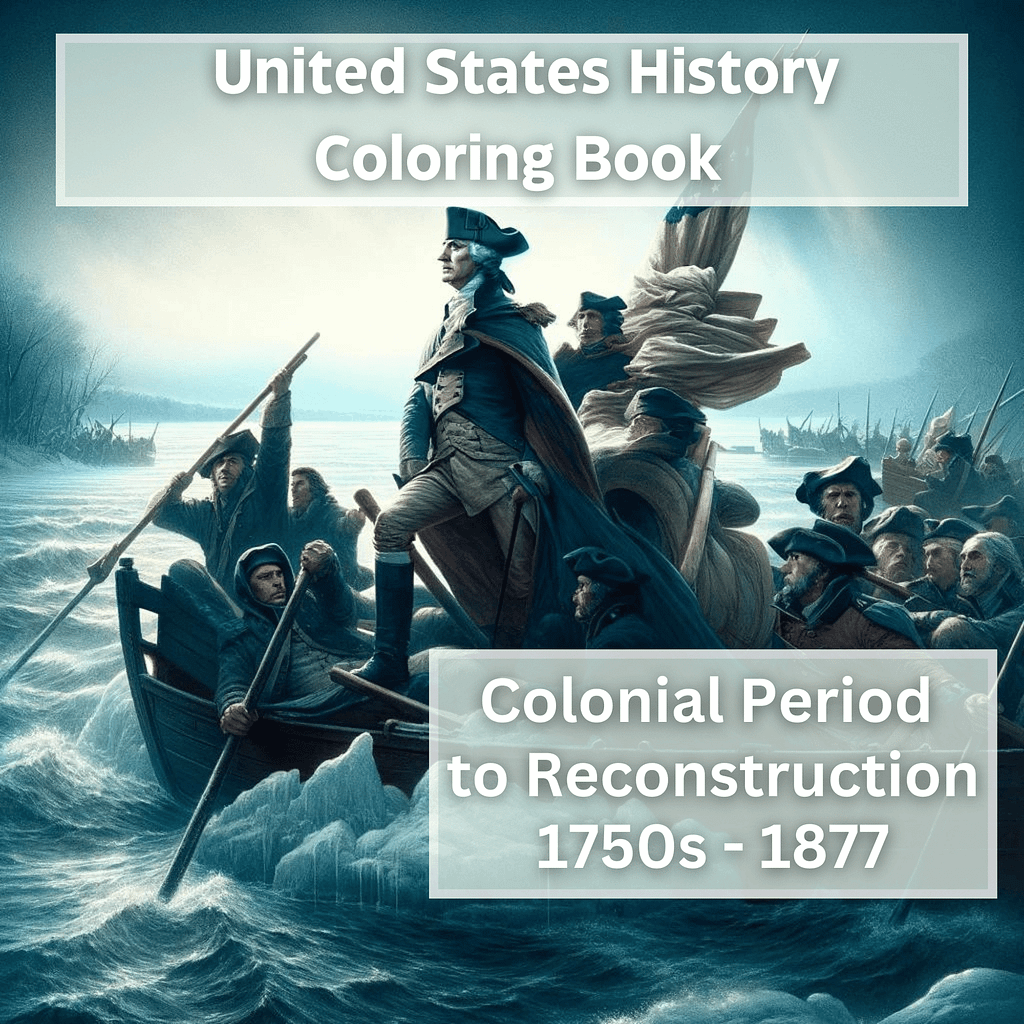
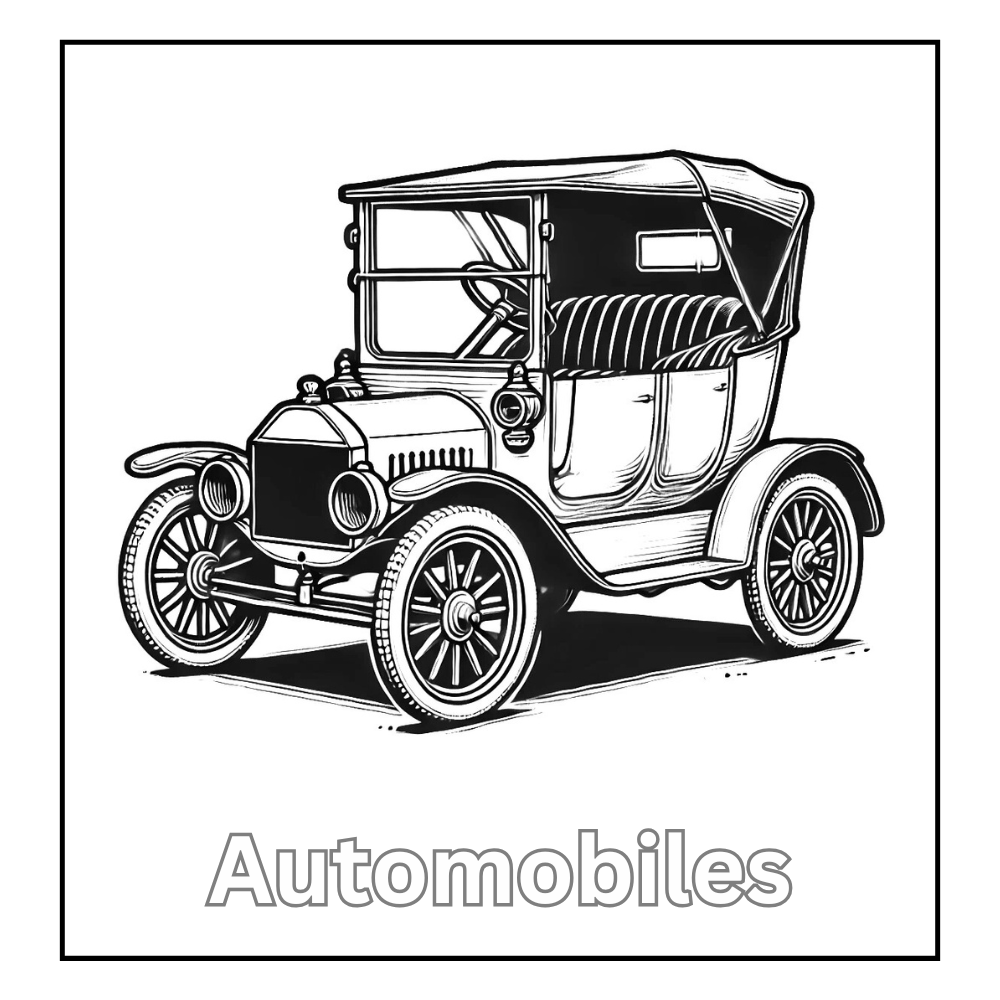
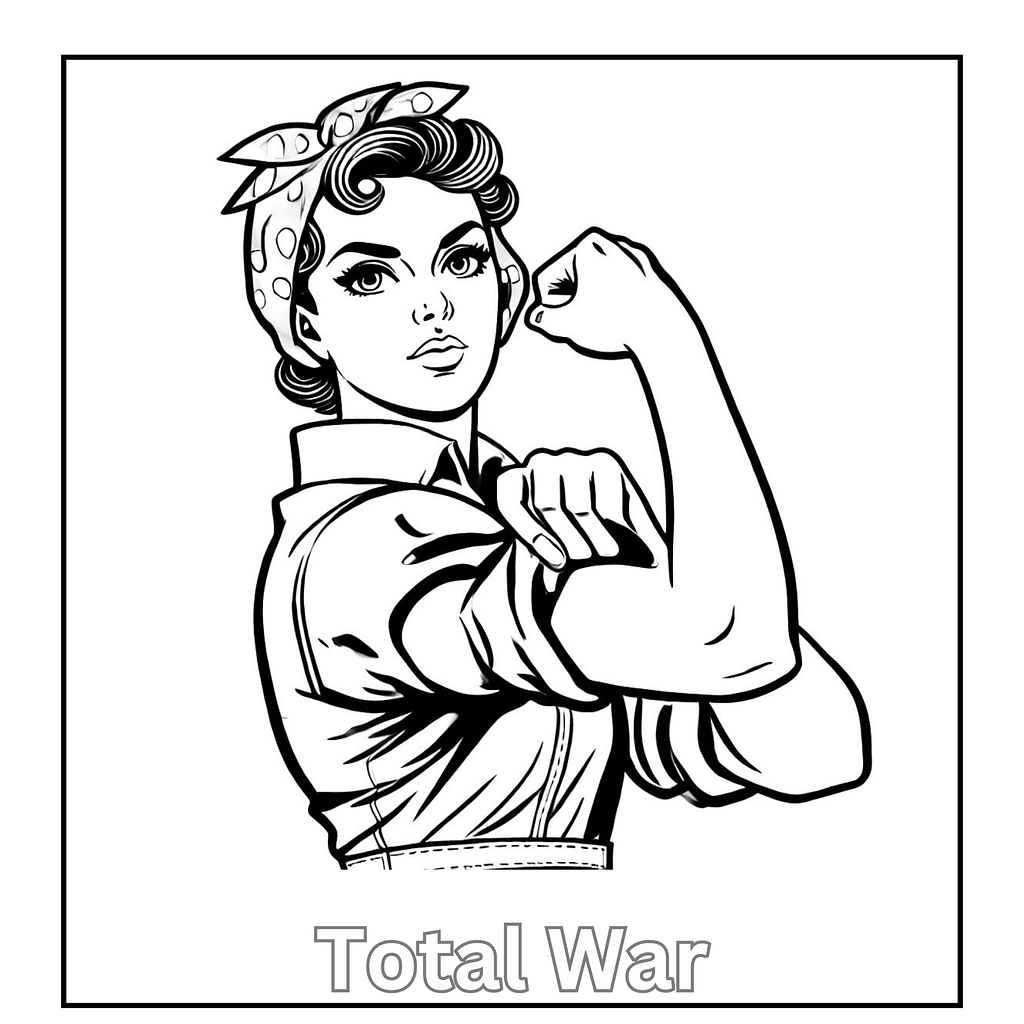
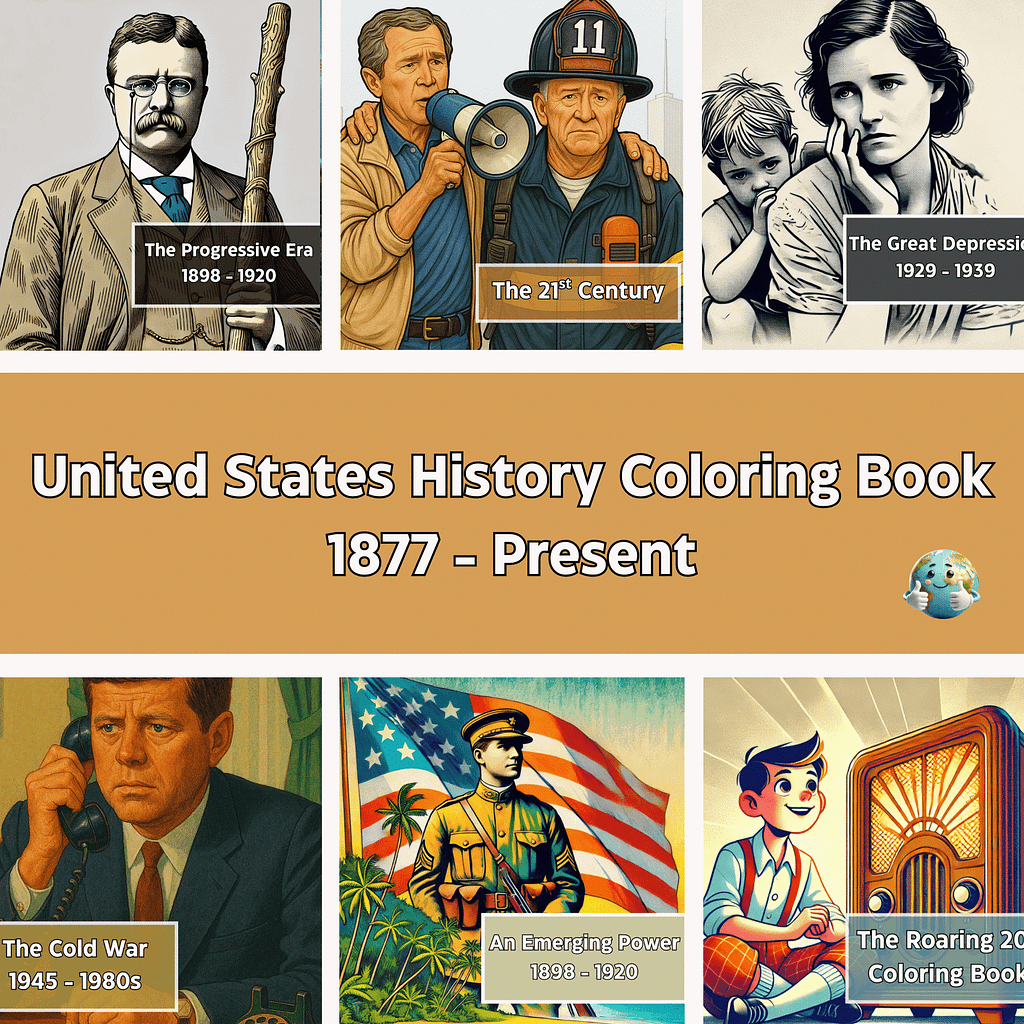
One response
[…] Use them in class, homework, stations, or as a sanity-saving backup plan. In fact, don’t take my word for it (actually you’ll be taking my word for it, because I wrote the post). See how history coloring pages literally save you from going crazy: 8 Ways History Coloring Pages Will Save Your Sanity. […]